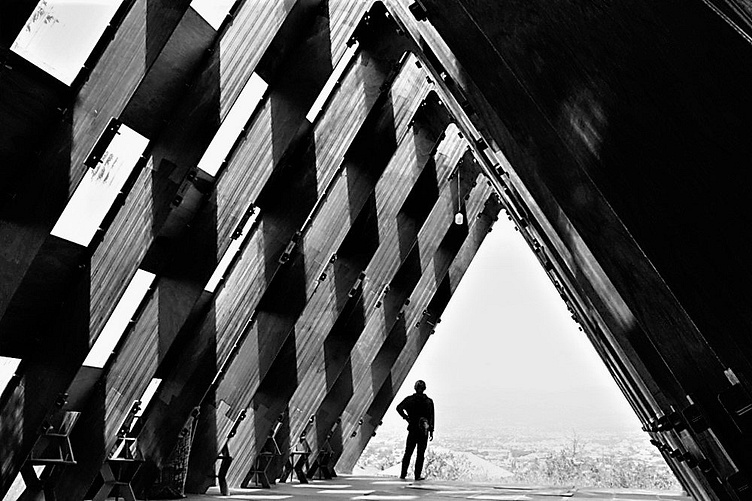Healing Centered Design - Disaster Relief
How can we physically & psychologically rebuild post-disaster?
Worked with Shigeru Ban, Keio University and Kobayashi Laboratory to build housing for refugees of natural disasters. Designing for social impact as well as the built environment.
Asking: can we design for the side-effects in disaster regions and refugee camps?
Working to create transitional housing that serves to physically and psychologically rebuild lives using a method of building called participatory design. We invite the community members to engage, learn the construction and assembly method of the structure and incorporate local ways of building.
On September 28, 2018 a 7.5 magnitude earthquake was measured 77km (48mi) off the coast of the city of Palu in Indonesia. The earthquake was then followed by a localized tsunami that caused the structures on the shoreline to be swept away entirely. Landslides finalized the level of destruction that befell this town with approximately 68,000 houses in need of repair or reconstruction affecting about 1.5 million people. It was the deadliest earthquake worldwide in 2018 with an estimated 4,400 people injured and about 2,200 dead. Hundreds of thousands of people were displaced.
This design/build project was a community center in the heart of one of the refugee camps. Looking into the social role of architects in post disaster regions, understanding the needs of the displaced as it relates to the rebuilding of community, urban fabric and the built environment.
On September 28, 2018 a 7.5 magnitude earthquake was measured 77km (48mi) off the coast of the city of Palu in Indonesia. The earthquake was then followed by a localized tsunami that caused the structures on the shoreline to be swept away entirely. Landslides finalized the level of destruction that befell this town with approximately 68,000 houses in need of repair or reconstruction affecting about 1.5 million people. It was the deadliest earthquake worldwide in 2018 with an estimated 4,400 people injured and about 2,200 dead. Hundreds of thousands of people were displaced.
This design/build project was a community center in the heart of one of the refugee camps. The site was chosen based on need; a highly dense area with over 1,000 homes destroyed in the liquefaction. Looking into the social role of architects in post disaster regions, understanding the needs of the displaced as it relates to the rebuilding of community, urban fabric and the built environment.
Construction by the community using the easily assembled lock and key construction method.
USER CENTERED DESIGN
Using Participatory Design, users were involved in all aspects of design from concept to physical build. This created a constant loop between user input and iteration. We also were able to inquire about and implement local construction techniques and hire local workers. We held on-site workshops and events to facilitate conversation with users on initial design concept.
Positive Effects of User Centered Design:
Integration of local knowledge and vernacular building methods combined with understanding of new construction methods and material properties
Immediate user feedback and stakeholder buy-in with sense of ownership, care and value in structure
Possible phasing opportunities using same construction techniques
Can use temporary structure as “seed” to grow around as rebuild process expands
Knowledge and ability to move sites once permanent location is established
Can involve all users from local workers to residents, students and children
Community members taking back a sense of control and empowerment in actively working towards solution
Use of local materials and economic feasibility, looks like “home” regaining a sense of place and local identity
Our end result was the implementation of an open-sourced pre-fabrication construction system. The structure is Ikea-esq in its ease of assembly. Through multiple rounds of user testing, all members of the community were able to be included in end construction of the structure from the elderly to children. The structure came to represent hope and the community itself as a place to gather and plan for the future.






